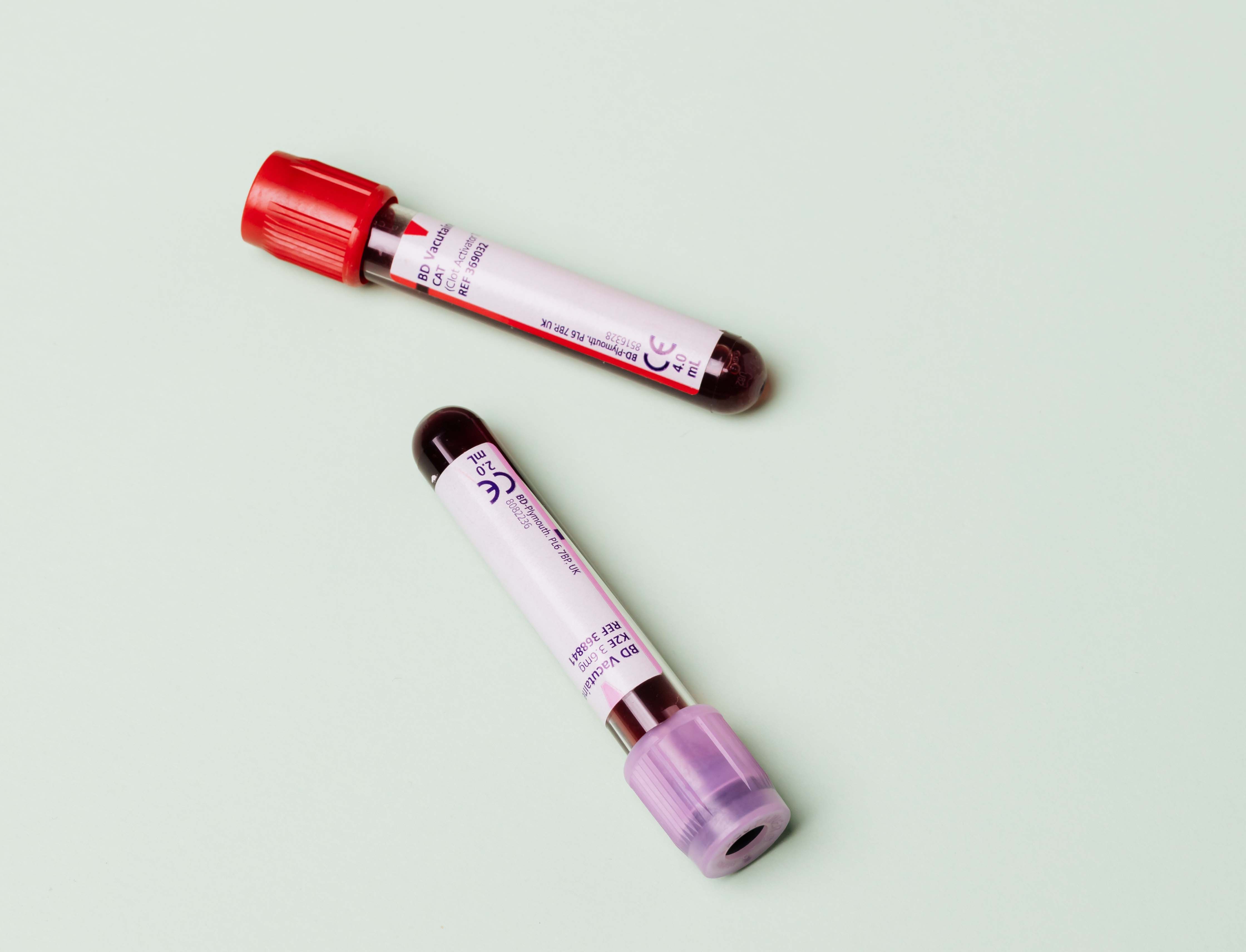Learning about signs of fentanyl overdoses and new tools available to fight them will help save lives

JFCS’ Addiction and Recovery Services program is rooted in principles of harm reduction
By Liliane Jurayj • Addiction and Recovery Services Program Coordinator
The opioid crisis has impacted millions of Americans – the overdose death rate has doubled in the past 10 years. In Minnesota, the overdose death rate in teens increased by 49% last year. Devastating headlines in our local and national newspapers are now so commonplace that these stories have been moved off the front page.
Fentanyl is the cause of a majority of the overdoses. It is an inexpensive synthetic opiate that has a potency 50 times higher than heroin and 100 times higher than morphine (CDC, 2022). It’s used in hospital settings as a fast-acting painkiller administered by microgram because of its immense strength and severely harmful side effects. Fentanyl is increasingly found in illicit street drugs such as pressed pills, cocaine and opiates. Due to fentanyl’s extremely low lethal dosage (2mg), it’s much easier for users to unknowingly be exposed to a deadly amount.

The Drug Enforcement Agency (DEA) recently reported that 60% of confiscated, illicit drugs contained a lethal dose of fentanyl (DEA, 2022). This drug is manufactured outside of the U.S. and comes in a white powder form. This means that it looks like most other illegal or non-prescription drugs in circulation. Without using a fentanyl test strip, you would have no idea if these drugs were laced with this potentially deadly substance.
The Addiction and Recovery Services Program at JFCS is rooted in the principles of harm reduction. Our goal is to promote safer use and manage risk by lowering the harm and death that can be caused from drug misuse. When it comes to keeping yourself safe, there are many actions that can be taken to reduce the risk of an overdose:
- Drugs that have not been prescribed by a medical professional should not be taken. This ensures the quality and identity of the drug being used.
- Individuals who decide to use illicit drugs, or use more than what is prescribed, should have an overdose plan in place before doing so. Fentanyl test strips can be used as a safeguard to verify the drug has not been laced. Narcan, an opioid reversal drug, should be kept on hand in the event of a suspected overdose. Resources and hotlines, like Never Use Alone (800-484-3731), allow the user to have someone on the line with them as they are ingesting the substance. This ensures that if the individual overdoses, help can be contacted, and directed to them.
- Know the signs of overdose. There are three main signs to watch out for if you think someone near you may be overdosing – slowed breathing/no breathing at all, pale or blue skin tone, and slow or no pulse. Thankfully, there is no risk in administering Narcan, even if you are not sure if the person is actively overdosing.
With the passage of new national legislation in 2023, Naloxone will be widely available at pharmacies, general stores, and gas stations as soon as this summer. Learning the signs of opioid overdose, having Naloxone on hand, raising awareness of the many benefits of Naloxone, and this new legislation are all powerful tools that have the potential to save many lives.
Please reach out to us if you are concerned about a loved one who is suffering from addiction or have any questions about fentanyl, or addiction and recovery. We can also help you access fentanyl test strips or Narcan. The Addiction and Recovery Services Program at JFCS is here to support individuals, families, and communities impacted by addiction in all forms.
For more information call 952-542-4837 or ljurayj@jfcsmpls.org.
